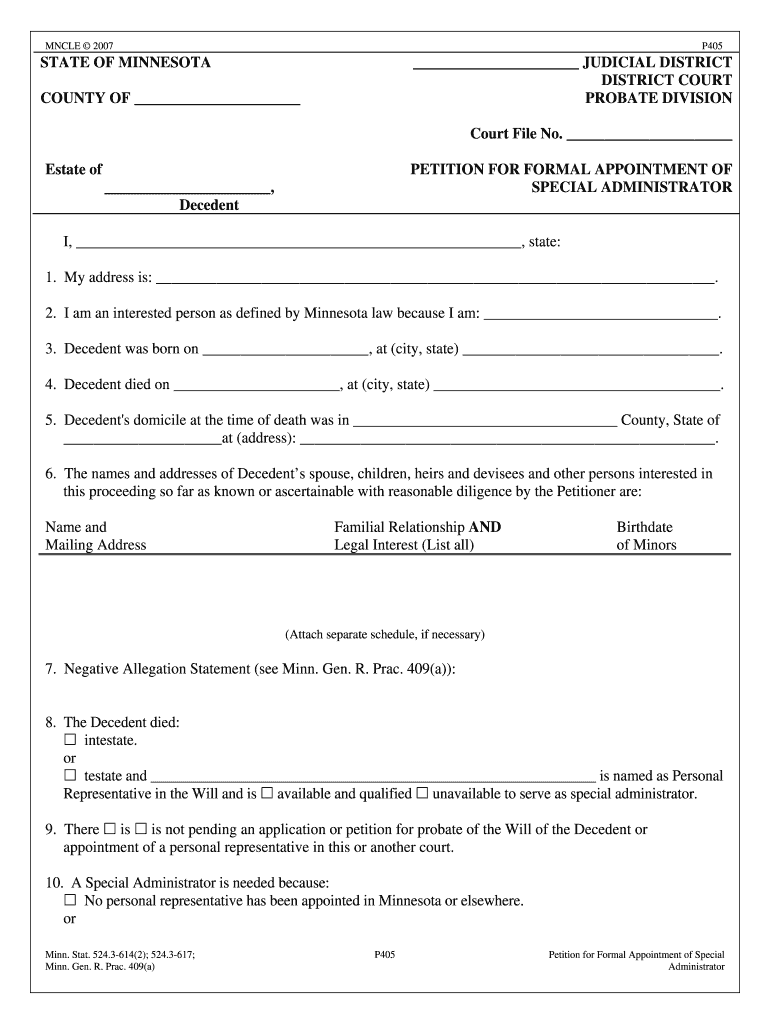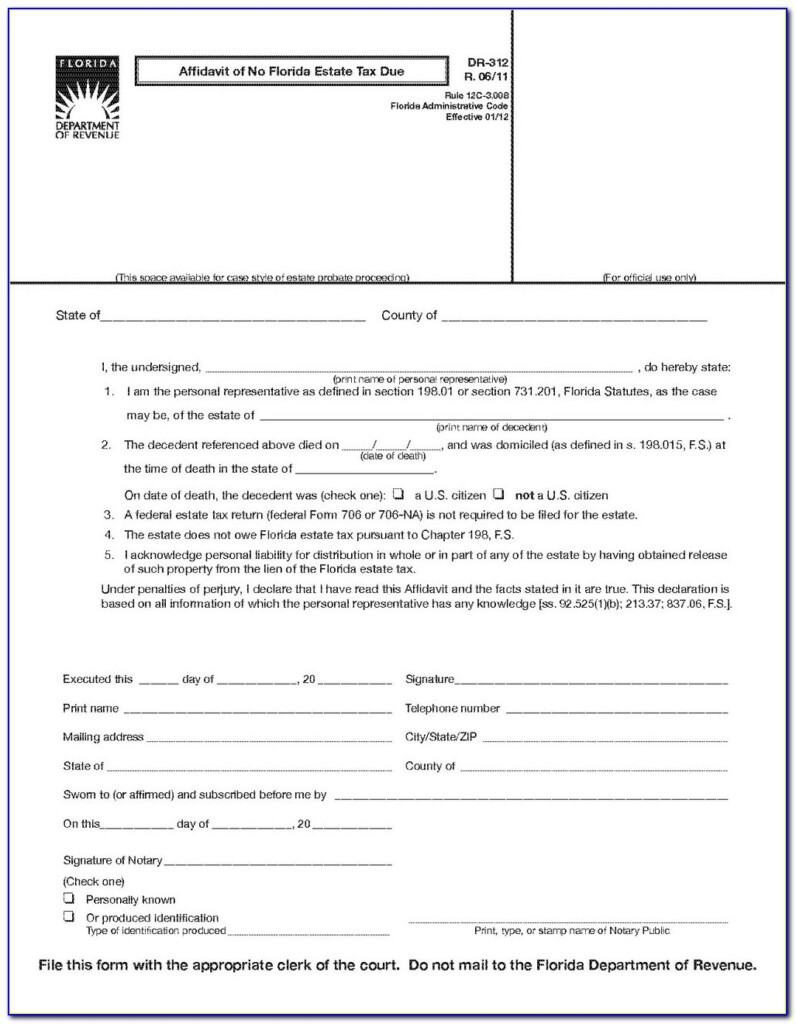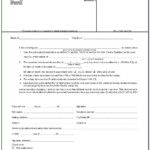Mn Civil Court Forms – If you have been selected to represent clients in civil court disputes it is possible that you will be asked by the court to complete various forms. You may be required to send the forms in hardcopy, or download the forms from the court’s website. There are other online forms available, but you need to make sure they are appropriate for your situation before applying any of them.
Fill in the blanks on the form
The Supreme Court Administrative Office (SCAO) which is also known as the Supreme Court’s office, keeps an enormous inventory of incomplete court forms. These forms are arranged in accordance with the nature of the legal matter. You can search them by the number or name.
The first step is to find the right form to suit your situation. The case titles as well as the names of each party separated by space on certain forms.
Before you sign a document be sure to go through the entire instruction. Signing in may be required in some cases. You might also need specific information on how documents were delivered. Be sure to ensure that you have only one-sided copies. If you don’t make this change in the future, you will not require duplicates again.
Request limited status in order to be able to access an electronic document
It might be challenging to obtain a the status of the electronic form for civil courts. There are many aspects to take into consideration, such as the legitimacy of the form and its compliance with the format requirements. To ensure that you’re following the rules in a correct manner it is crucial to refer to the Minnesota Supreme Court regulations or the rules of your particular court.
A document needs to be legible and stamped with a certified stamp for electronic filing. Additionally, the document should be delivered in an envelope that is addressed correctly and given to the clerk of the county. The document’s validity will be examined if there is any doubt.
For instance, to inform the parties involved that your application has been made electronic, you may need to fill out an EFCIV-22. In exceptional circumstances, you must also serve this form with your commencement paperwork.Additionally, you must use EDDS to submit the paperwork to the court.
Original copies of exhibits.
It is possible that you need to send exhibits as physical copies to specific countries. But, most of your documents is available online. You’ll need to provide the court a copy of any electronic documents you’ve submitted.
To the best of your ability to the best of your ability, you must complete each court form. Each of the fields must be filled in completely and precisely. There are many unfilled spaces inside the forms. If you are unsure about the best way to fill out forms, it is recommended to speak with a lawyer.
Hardcopy exhibits and associated documents should be served together on all parties. To serve them, utilize a service on the internet such as Odyssey File and Serve and the EDDS mail system.
The online forms may not be suitable for your particular circumstance.
Online court forms can only be used when you speak to an attorney. You’ll learn about your rights and options as a result. If you do not seek legal advice, you are in control of your legal actions. You could face civil or criminal fines, including those for practicing law without licensure.
On their websites, many courts include self-help resources however, some courts don’t. For instance, particular forms have been created by the Alaska Court System. You can download the complaint form here. You can find a different form , an interactive complaint form.
Once the form is completed you can print it and send it to the court where the case is hearing. You may also find additional forms on the site of the court which are available for download. But, some of them demand the use of computer software. Computer programs can be employed to create forms, answer questions and collect data.


